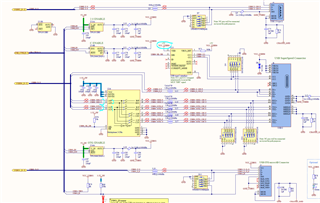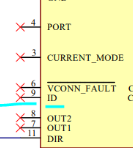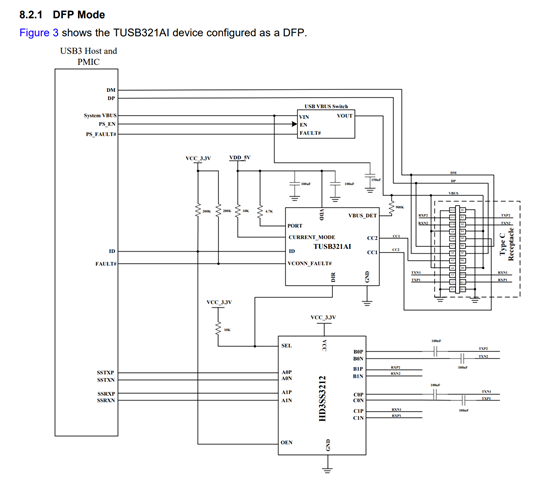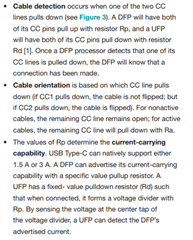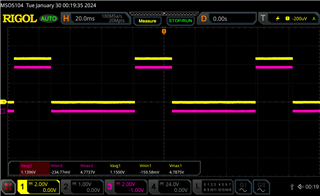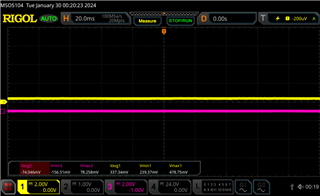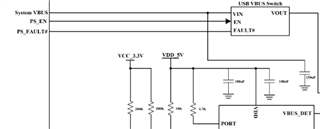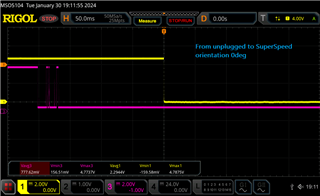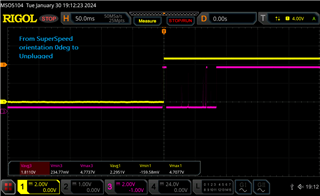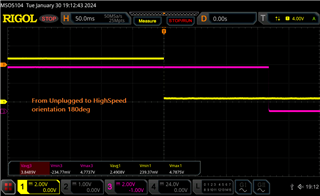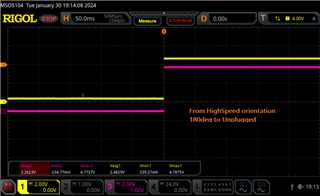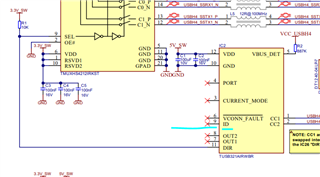Other Parts Discussed in Thread: TUSB321
Hi,
We are debugging the USB C connector. We are able to run on SuperSpeed (3.X) for one orientation; but for the other orientation it only gets HighSpeed (2.0)
I have been following the discussions here on E2E, but so far I can't find what can be the issue.
What I have seen so far, is that the DIR signal always have the same value no matter the way I plug something on the USB connector. CC1/CC2 pins do change value.
I found some errors on our design compared to the guidelines. But even patching it doesn't seem to solve it.
Any idea what could be the issue? Thanks a lot.
The intended mode is DFP.
Also tried with VBUS_DET floating as in datasheet suggests for this mode, but not an improvement either.
When I patched the VDD to +5V_SW, now it doesn't detect at all one of the orientations. What can it be?
If I pull down the SEL pin on U16, then the polarity of the connector is reversed.
Thank you for your insights!
Best,
Cora
